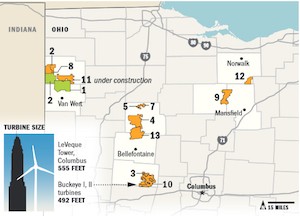 Once again the wind industry has been caught crying wolf about reasonable and workable setback increases. In 2014, the Ohio legislature tweaked the state’s wind farm siting standards to require setbacks of 1300 feet from neighboring property lines, rather than from neighboring homes. Wind energy advocates gnashed their teeth, with an executive of the national trade association, AWEA, claiming that “This would kill further wind energy development in Ohio unless the governor vetoes it,” while the CEO of wind developer Apex Clean Energy chimed in that with such odious setbacks, Apex “will have no choice but to take its investment and its business elsewhere. ”
Once again the wind industry has been caught crying wolf about reasonable and workable setback increases. In 2014, the Ohio legislature tweaked the state’s wind farm siting standards to require setbacks of 1300 feet from neighboring property lines, rather than from neighboring homes. Wind energy advocates gnashed their teeth, with an executive of the national trade association, AWEA, claiming that “This would kill further wind energy development in Ohio unless the governor vetoes it,” while the CEO of wind developer Apex Clean Energy chimed in that with such odious setbacks, Apex “will have no choice but to take its investment and its business elsewhere. ”
Get ready for a shock, AWEA: Amazon, not phased at all by the setbacks, has announced plans to build a 100-MW wind farm to power two new distribution centers in Ohio. And, in a late-2014 review of the status of 11 projects that are in the pipeline, it was federal tax credits and lapsed state renewable energy incentives that were cited as current challenges, not the setbacks. While it’s quite possible that previously-approved projects are proceeding under the old setback rules, the same statewide overview notes that “several other companies, including Apex Clean Energy of Virginia, are acquiring lease rights and working on plans.” (Wait, what? Yup, the same outfit that just told us the setbacks ruined everything so they’d be taking their toys and going home still have four Ohio projects in the pipeline.)
It’s disheartening to see the wind industry employing these same shopworn scare tactics about moderate setbacks; no matter what the proposal, if it’s an increase over something that has been on the table, it’s decried as “killing” the possibility of wind energy in the area. Anything over the 750-1000 foot setbacks that the industry prefers is considered extreme; in Ohio, claims that the old 1300-ft to homes setback was among the most stringent in the nation are practically a joke, with 1250-1500-foot limits now becoming the norm, and many areas going much further. In Minnesota, a 1500-ft setback was eagerly embraced in lieu of a proposed 2700-ft rule; in Maine, a 2000-ft setback was deemed perfectly workable by a developer who was fighting a change to 4000-ft, after which they switched gears and pinpointed a 35dBA noise limit as the real “deal killer.”
Indeed, nighttime noise limits of 35dB or less can mean that setbacks will need to be large enough (4000 feet or more) to rule out development in most communities. Still, it’s entirely reasonable for some towns to choose such low noise limits, or setbacks of a half mile or more, if the priority is to preseve the rural character of place and assure that few if any residents will hear turbine noise on a regular basis. Ideally, these more restrictive rules would also include the option that wind developers can obtain noise easements from neighbors who are willing to live closer to turbines (often in return for a financial payout, either one-time or annual). And guess what? The much-decried Ohio rules do allow individual landowners to waive the setback requirement, if they wish to; this may be part of why so many projects are still happening. It’s time for the wind industry to stop moaning about setbacks meant to preserve some semblance of rural character, and begin making peace with the fact that not all communities will make the same choices about opportunities for economic development.
Looking ahead in Ohio: Even as Amazon, Apex, and others proceed with their plans in Ohio, representatives from several northwestern Ohio districts have introduced a bill to let counties supersede the state rules and revert to the old setback standards on a case by case basis. (Will it surprise you to hear that it’s in this very region where Amazon is happy to build with the current rules? I thought not….) So far, there does not seem to be any active reconsideration of the other key element of the 2014 rule changes in Ohio, a 2-year freeze of the state renewable energy portfolio standard (RPS) at 2.5%—foregoing the planned 1% annual increases toward a 2025 goal of 12.5%—while the legislature reviews the RPS program. Presumably, a decision will be made during the coming year whether to revert to the old schedule or adopt new, lower targets.
UPDATE, 1/29/2016: While I’m not tracking all the news related to new projects, a couple of things caught my eye recently. Two companies, including Apex, abandoned plans for wind farms in Ohio, though the news reports, and perhaps the formal notices filed with state regulators, don’t specify why; there are many reasons that proposed project aren’t completed, including the financial health of the companies themselves, and the fact that they often do preliminary work in many more places than they ultimately choose to build. Relatedly, the Scioto Ridge Wind Farm, which was among those supposedly threatened by the new Ohio rules, is still under development; on January 26, the project’s Facebook page recently posted a local news article about an agreement reached between Everpower and a local opposition group, which reduced the number of turbines from 176 to 107; such reductions sometimes involve a move to bigger turbines, and it’s unclear whether the footprint is smaller (and so some setbacks larger) under the agreement. Nonetheless, another local group has vowed to continue fighting the plans.

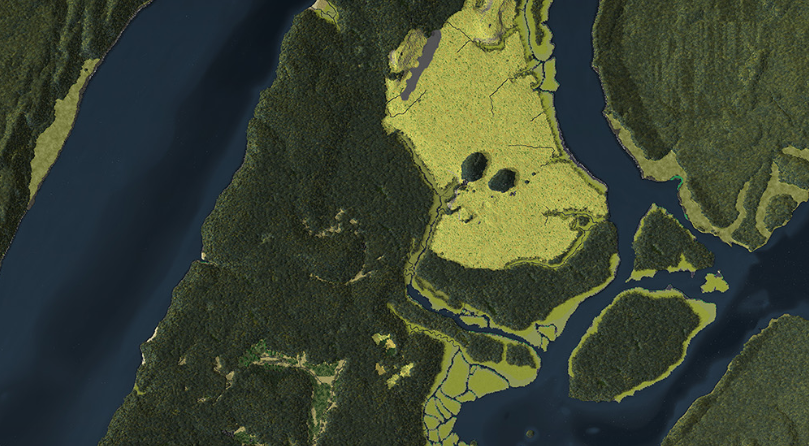
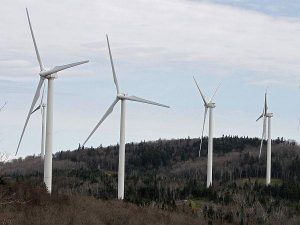 Vermont’s Public Service Board has released a draft of new rules for wind turbine siting which embraces a happy medium approach that should minimize adverse effects from noise, while providing wind developers the option of negotiating participation agreements with neighbors who are willing to live closer to turbines than the rules would stipulate.
Vermont’s Public Service Board has released a draft of new rules for wind turbine siting which embraces a happy medium approach that should minimize adverse effects from noise, while providing wind developers the option of negotiating participation agreements with neighbors who are willing to live closer to turbines than the rules would stipulate.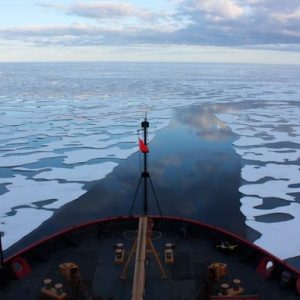 In yet another unforeseen consequence of global warming, scientists have begun charting the extent of a new underwater sound channel in the Beaufort Sea north of Alaska. As
In yet another unforeseen consequence of global warming, scientists have begun charting the extent of a new underwater sound channel in the Beaufort Sea north of Alaska. As 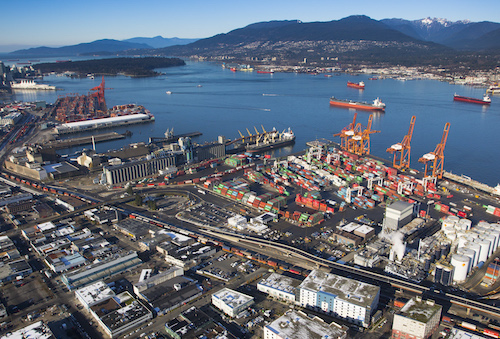
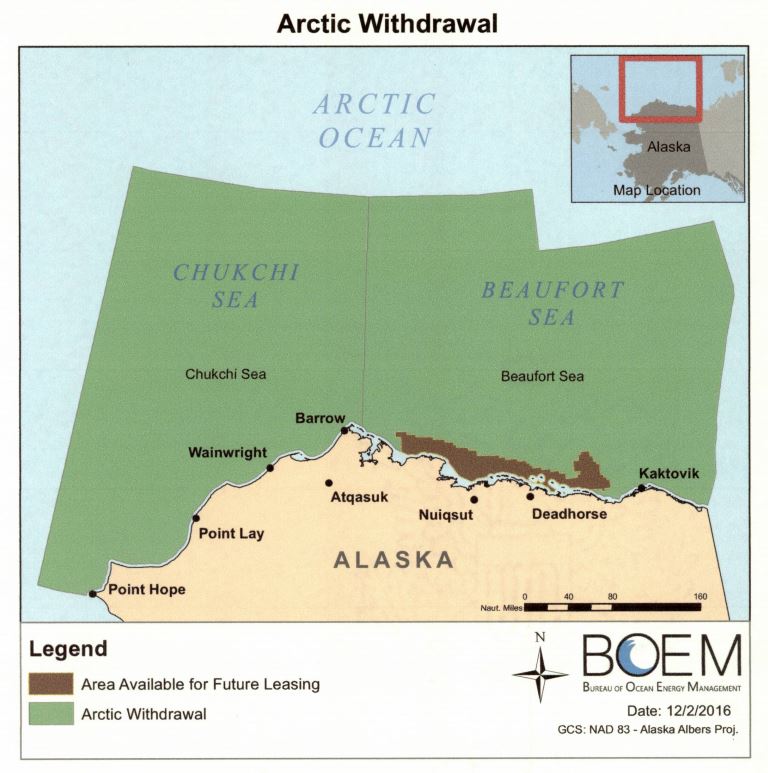
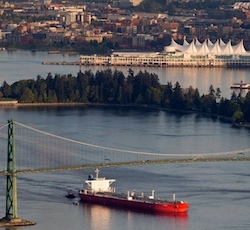 The biggest
The biggest 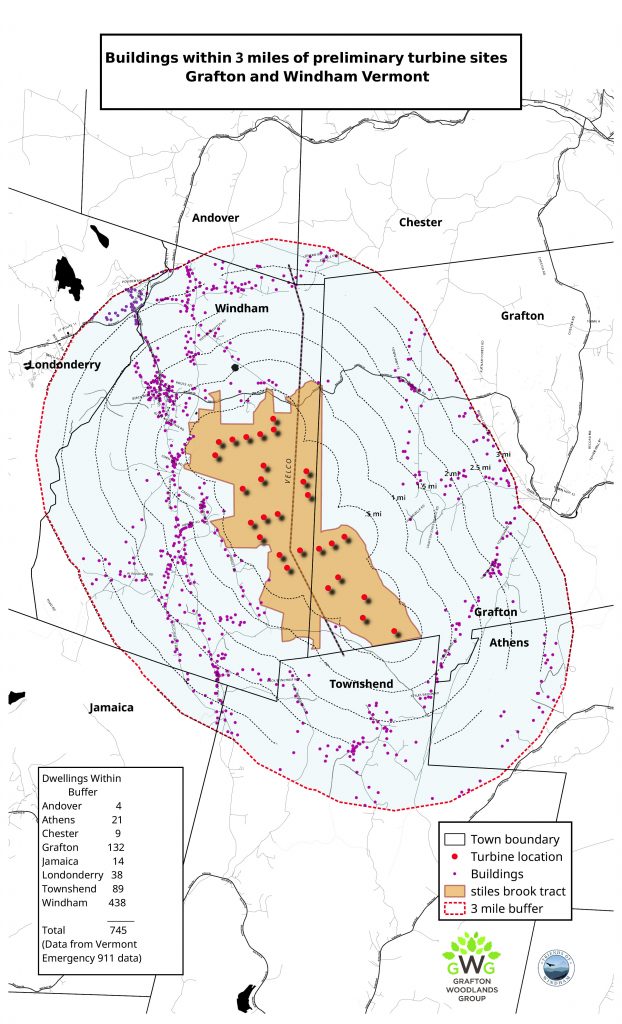
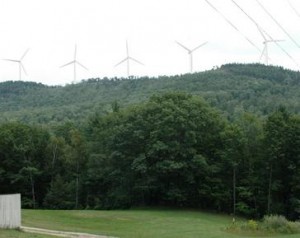
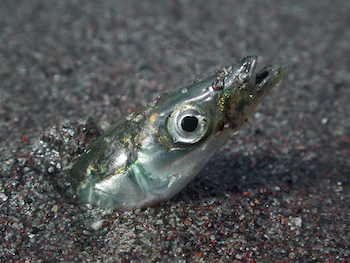 A new study looks for the first time at the impact of human noise on an important type of humpback whale foraging activity, bottom-feeding on sand lance. The research took place in the Stellwagen Bank National Marine Sanctuary in the southern Gulf of Maine, where humpback whales routinely do deep dives at night, rolling to their sides when they reach the bottom to forage for the small fish.
A new study looks for the first time at the impact of human noise on an important type of humpback whale foraging activity, bottom-feeding on sand lance. The research took place in the Stellwagen Bank National Marine Sanctuary in the southern Gulf of Maine, where humpback whales routinely do deep dives at night, rolling to their sides when they reach the bottom to forage for the small fish.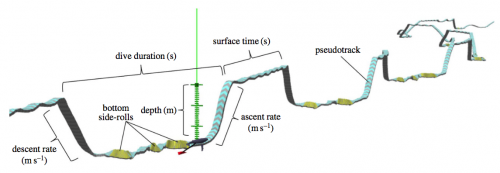
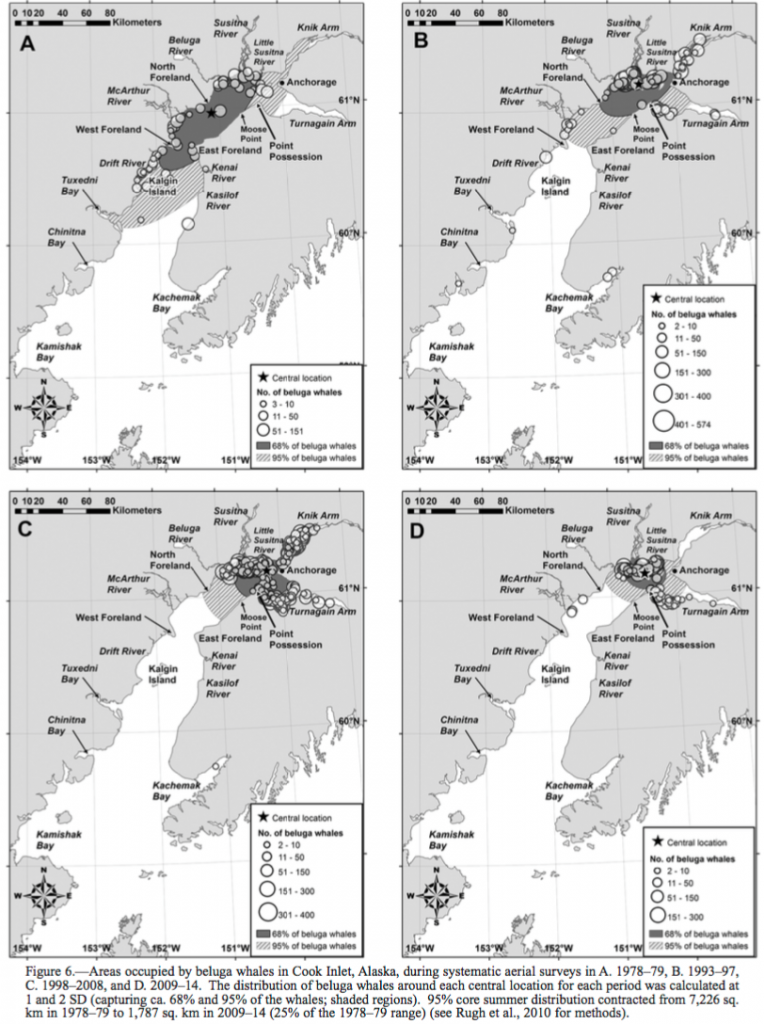
 This post from NRDC
This post from NRDC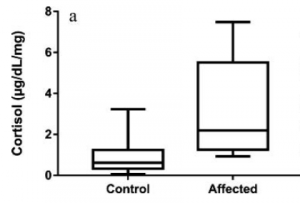 The overall results are fairly clear-cut. Here’s a graph of the two groups; the boxes show the 3 quartiles of results in each group (the bottom of the box being the level that 75% of the animals were above; the line across the box showing the level where half the animals were above, half below; and the top of the box the level that 25% of the animals were above), with the bars outside the box showing the remaining scatter of individuals. The mean among controls was .87, and among the affected group the mean was 3.16
The overall results are fairly clear-cut. Here’s a graph of the two groups; the boxes show the 3 quartiles of results in each group (the bottom of the box being the level that 75% of the animals were above; the line across the box showing the level where half the animals were above, half below; and the top of the box the level that 25% of the animals were above), with the bars outside the box showing the remaining scatter of individuals. The mean among controls was .87, and among the affected group the mean was 3.16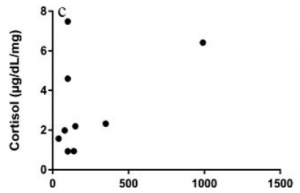 A closer look at the results suggests that, as usual in field studies, there is a lot more going on than the means and medians suggest. Here we see a plot of the 9 affected setts, with distance to nearest turbine on the bottom axis. Interestingly, there is a wide scatter of results, with some setts (2 of the 9) showing levels very similar to the controls, about half (4 of the 9) having somewhat elevated levels, and only 3 setts being highly elevated, above the highest of the control setts. Our first image shows this skew, with the upper quartile of the affected box stretching far above the middle line (and thus pulling up the mean to a significant degree).
A closer look at the results suggests that, as usual in field studies, there is a lot more going on than the means and medians suggest. Here we see a plot of the 9 affected setts, with distance to nearest turbine on the bottom axis. Interestingly, there is a wide scatter of results, with some setts (2 of the 9) showing levels very similar to the controls, about half (4 of the 9) having somewhat elevated levels, and only 3 setts being highly elevated, above the highest of the control setts. Our first image shows this skew, with the upper quartile of the affected box stretching far above the middle line (and thus pulling up the mean to a significant degree).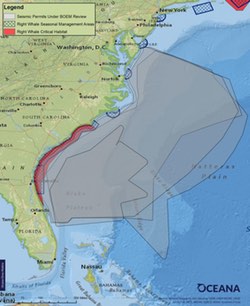
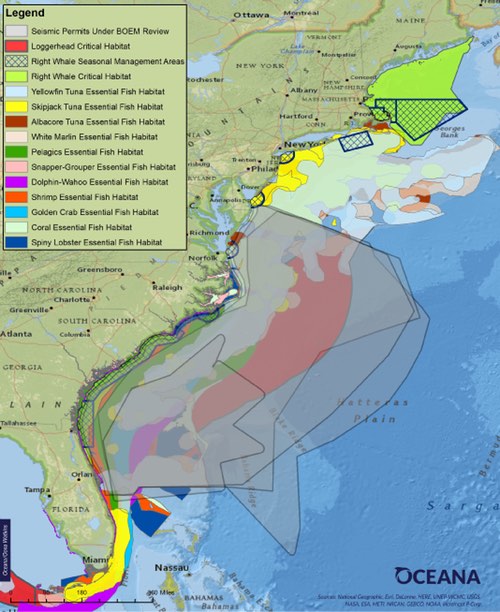
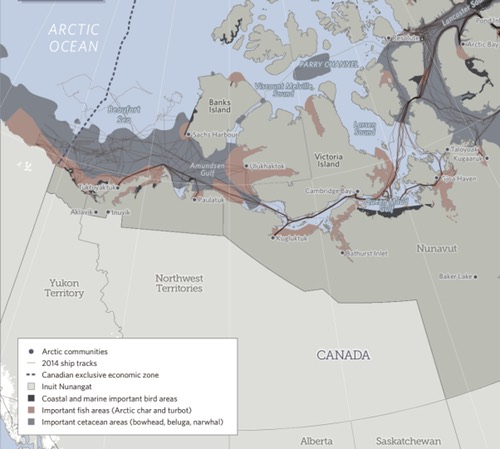
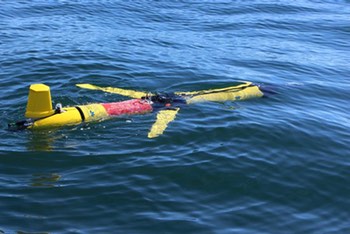
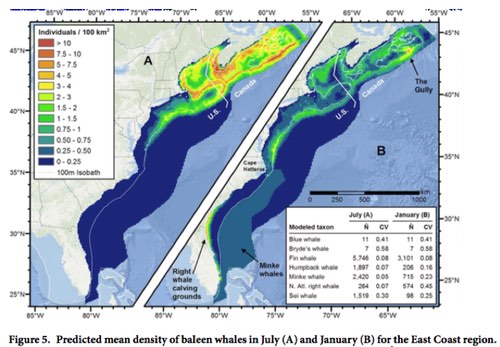
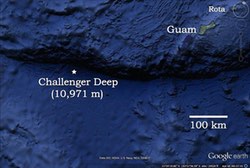
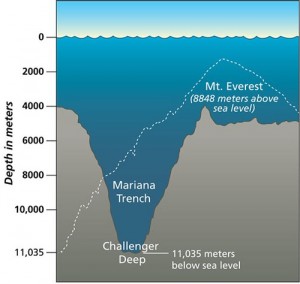 They also heard large ships coming in “loud and strong,” and even the calls of a smaller toothed whale or dolphin relatively near the surface; you can
They also heard large ships coming in “loud and strong,” and even the calls of a smaller toothed whale or dolphin relatively near the surface; you can 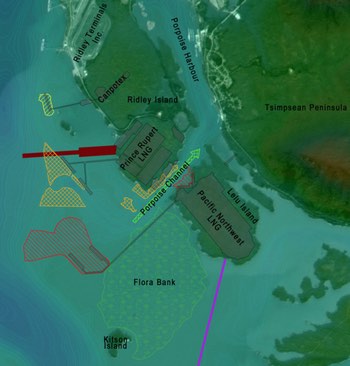
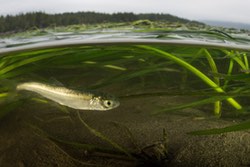
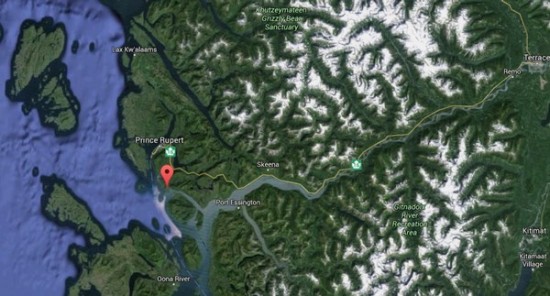
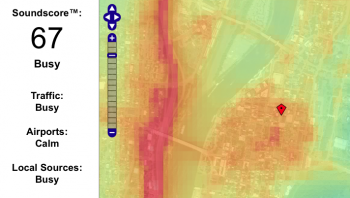 Troy, NY, a mid-sized college and old industrial town along the Hudson River. Note the I-787 corridor on the far side of the river, and the relatively rapid drop-off of neighborhood noise as you move away from the core downtown area.
Troy, NY, a mid-sized college and old industrial town along the Hudson River. Note the I-787 corridor on the far side of the river, and the relatively rapid drop-off of neighborhood noise as you move away from the core downtown area. And my current home in Kennebunk, ME, in a quiet neighborhood. You can see the much smaller downtown noise footprint in the lower right, and the more modest highway noise from the Maine Turnpike on the left.
And my current home in Kennebunk, ME, in a quiet neighborhood. You can see the much smaller downtown noise footprint in the lower right, and the more modest highway noise from the Maine Turnpike on the left.
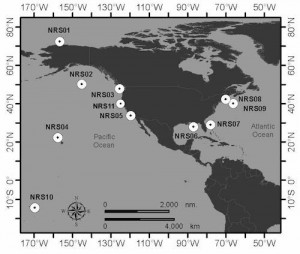
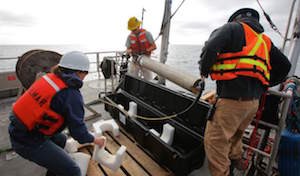 The most recent deployment
The most recent deployment